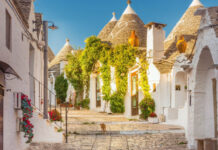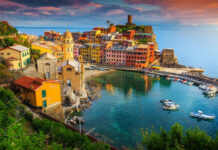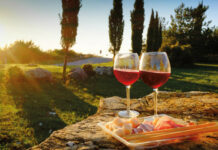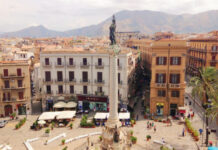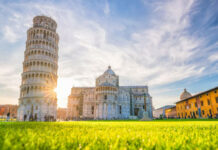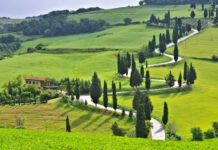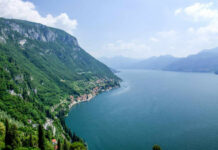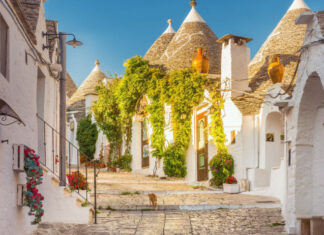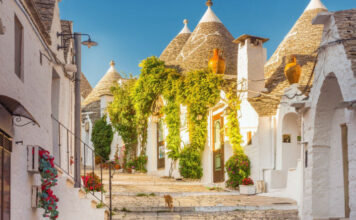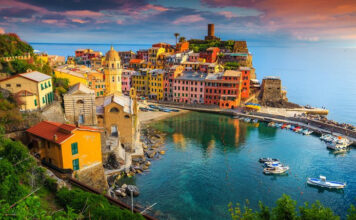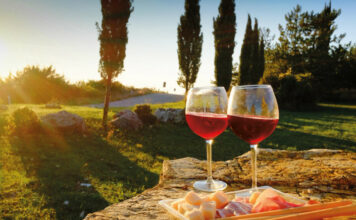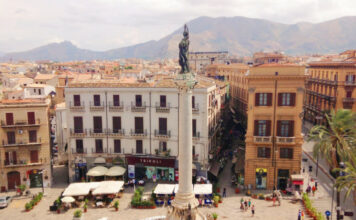Italy is a lovely country in southern Europe, surrounded through warm water of the Mediterranean Sea. It has the Adriatic Sea on its east coast, whilst the Tierian Sea is unfold along the west coast, and the Eonian Sea may be discovered within the south. In the north, Italy shared its barriers with France, Switzerland, Austria and Slovenia. Italy’s size is one in every of its maximum well-known features.
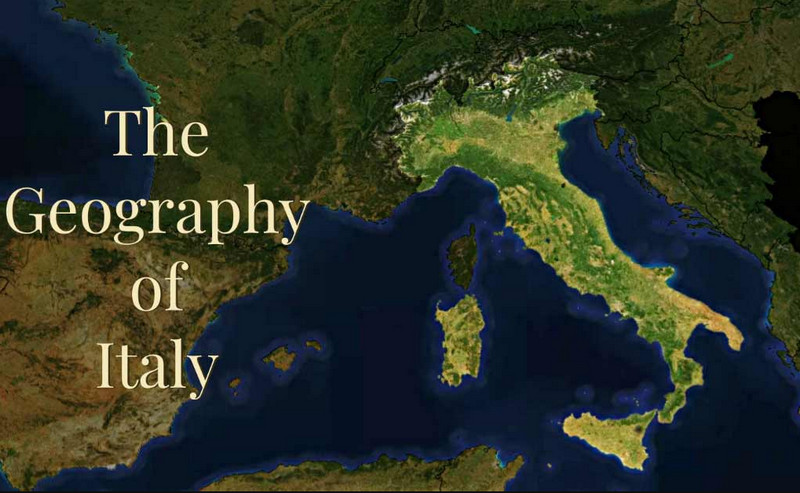
The mainland creates a protracted peninsula that seems like an extended boot. Because of this, humans frequently name it “boot”. The Puglia area within the south is called “heels”, even as in the south -west, it’s miles called the “toe”. Although Italy has an historic records that is going lower back heaps of years, it have become only one joint us of a in 1861.
Climate in Italy is generally the Mediterranean Sea, especially edges, mild, moist iciness and heat, sunlight. Inland regions may be cold and wet in winter and warm in summer season. The south is usually warm and dry, at the same time as the north has a alpine climate, with bloodless winters and icy mountains.
Map of Italy
Italy spans about 116,650 square miles including Sicily and Sardinia which makes it slightly larger than Arizona if you’re comparing US states. The country actually contains two independent nations within its borders Vatican City and San Marino both real small but still their own thing.
There’s 20 regions here each acting kinda like their own mini-country food traditions culture you name it crossing from north to south feels like hopping between different planets sometimes. Tuscany sits right in the middle famous for landscapes and art you’ve probably seen those rolling hills in photos real popular spot for visitors checking out regional maps helps grasp how distinct each area is despite being part of one nation.
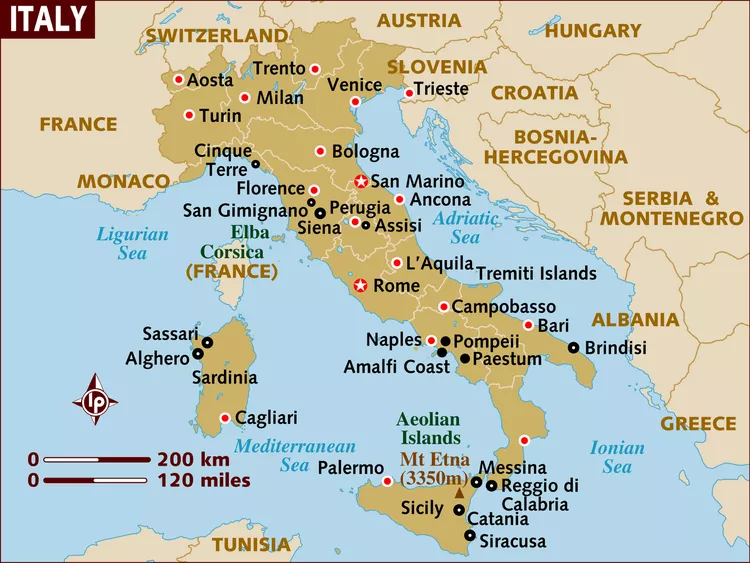
Population-wise we’re looking at roughly 58.9 million people though numbers keep dipping lately even with new residents moving in birth rates aren’t keeping up at all density averages around 195 per square kilometer most folks speak Italian officially but you’ll still hear local dialects depending where you go especially in smaller towns.
Rome takes the crown as biggest city metro area clocks in near 4.5 million doubling as the capital obviously plus it’s a major draw for tourists globally historical sites everywhere you look ancient stuff mixed right into modern life pretty wild when you think about it.
Mountain and Volcanoes in Italy
Mountains cover nearly 40% of Italy which explains why skiing and hiking are such big deals there depending on the season. The country’s got two major mountain systems everyone talks about – the Alps up north and those Apennines running down the middle they call Appennino locally.
Up top you’ve got the Alps hugging borders with France Austria and Switzerland. They’re split into three parts from west to east – Occidentali out west Centrali in the middle Orientali towards the east. The Dolomites with those sharp peaks people love? Those are technically part of the Alps too sitting across South Tyrol Trentino and Belluno areas.
Then there’s the Apennines stretching north to south like Italy’s spine holding things together. Highest peak goes to Monte Bianco (that’s Mont Blanc) in the Alps right where France meets Italy clocking in at 15,781 feet tall now.
Volcanoes come next because Italy’s got some legendary ones still kicking around. Mount Vesuvius down near Naples is Europe’s mainland lone active volcano remember it buried Pompeii ages back? That site pulls in visitors nonstop these days. Over in Sicily Mount Etna stays active too ranking among Earth’s biggest fire mountains still doing its thing regularly.
Basically Italy’s not just pasta and art – it’s got serious geological muscle with peaks that shape both its landscapes and tourist hotspots year-round you know?
Rivers and Lakes in Italy
Italy’s rivers? They’re pretty much tied to all those famous places tourists love. Take the Po River. Starts up in the Alps, northern part. Flows east from Turin all the way to the Adriatic. Passes through the Po Valley on its way – super fertile land there, great for farming and nice views too. When it ends, you get this wild delta area full of wetlands and animals. Great spot for exploring.
Arno’s another big one. Begins in central Apennines, cuts through Florence and Pisa. You know Florence’s Ponte Vecchio? That old bridge with shops all over it? The river runs right under that. Then keeps going west until it hits the Tyrrhenian Sea coast. Tiber River does things differently though. Same mountain source as Arno, but heads south instead. Goes straight through Rome’s center before dumping into the same sea as Arno does.
Lakes are a big deal too, especially up north. Garda takes the crown as largest. Towns dot the shoreline, views everywhere you look. Takes about 158 kilometers to loop around the whole thing by road or foot. That’s like 98 miles if you’re not into metric. Basically these waterways shape Italy’s tourism map hardcore. From Alpine starts to coastal ends, they connect dots between cities and nature spots people flock to see every year.
